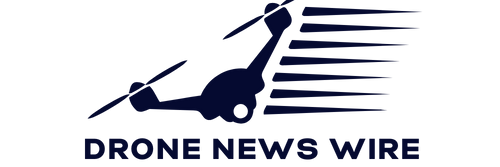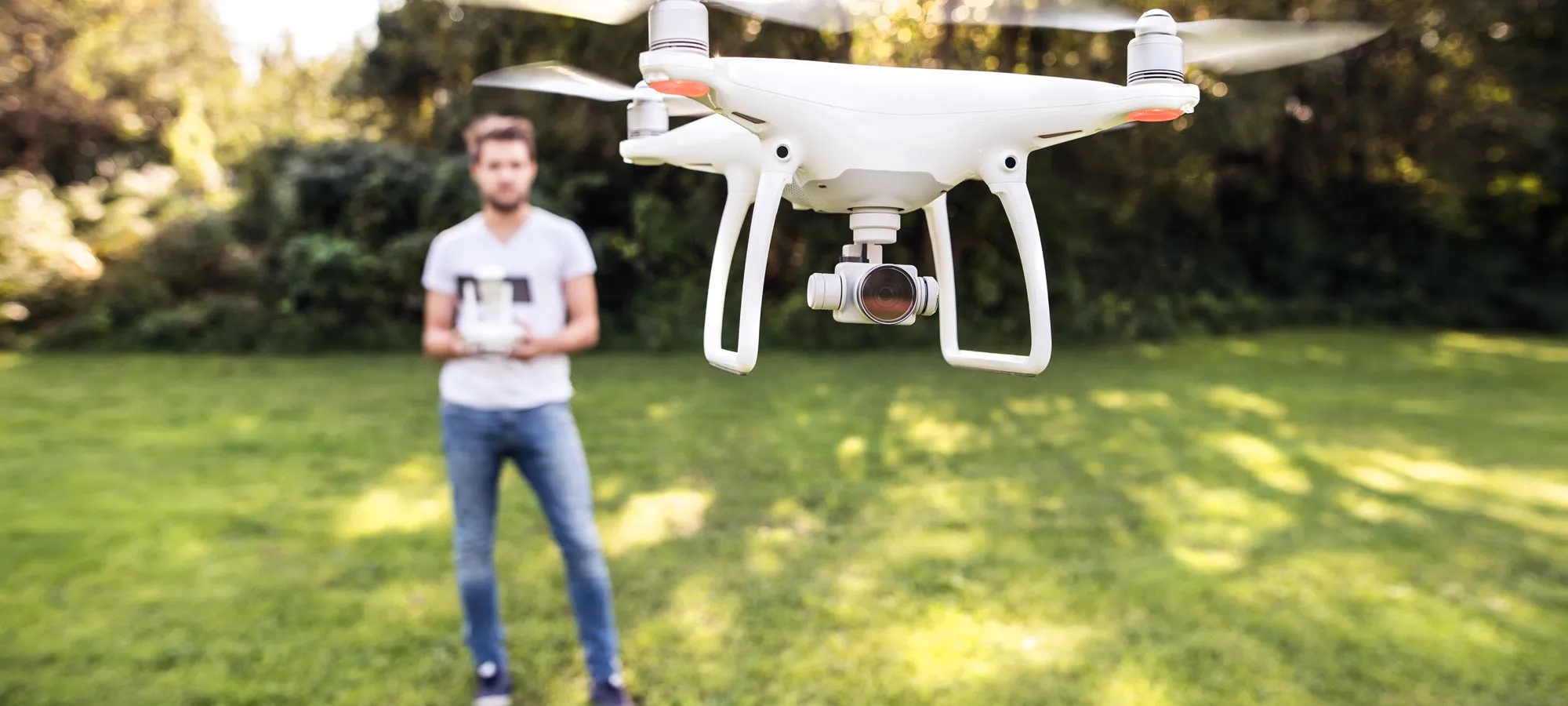
Drone photography has evolved into a captivating and creative medium for capturing stunning aerial perspectives.
To elevate the quality and flexibility of your drone photography, it’s essential to understand the benefits of capturing images in RAW format.
In this article, we will explore what RAW image capture is, why it’s crucial for drone cameras, and how it can enhance your aerial photography.
Understanding RAW Image Capture
RAW is a file format that stores all the unprocessed and uncompressed data captured by your drone camera’s sensor.
Unlike formats like JPEG, which apply in-camera processing and compression, RAW files retain the full dynamic range of light and color information.
This format essentially preserves the “raw” data captured by the camera.
Why RAW Matters in Drone Photography
- Maximum Data Retention:RAW files store all the data collected by the camera sensor. This includes information about colors, tones, and lighting. Unlike JPEG, which discards some data during compression, RAW files retain the full spectrum of information, offering the most latitude for editing in post-processing.
- Enhanced Editing Control:Shooting in RAW gives you unparalleled control over your images during post-processing. You can adjust exposure, white balance, contrast, and color temperature with precision, allowing you to correct errors or enhance specific elements in your shots.
- Dynamic Range Expansion:RAW images contain a wider dynamic range, which means they can capture details in both shadow and highlight areas. This is especially crucial in drone photography, where the contrast between the sky and the ground can be extreme.
- Noise Reduction and Sharpness:RAW files enable you to apply noise reduction and sharpening selectively. This means you can reduce noise in shadow areas while preserving fine details in well-exposed regions.
- Flexibility in White Balance:With RAW, you have complete control over white balance adjustments. Correcting color casts or fine-tuning the color temperature is easier when working with RAW images.
- Non-Destructive Editing:Editing RAW files is non-destructive, meaning you can make adjustments without permanently altering the original data. You can always revert to the original state if needed.
How to Capture RAW Images with Your Drone Camera
- Camera Settings:Check your drone camera’s settings and ensure that it’s set to capture images in RAW format. Most modern drones offer RAW shooting options alongside JPEG.
- Manual Mode:Consider using manual mode (if available) to have more control over exposure settings. This allows you to adjust shutter speed, aperture, and ISO to capture the perfect shot.
- Storage and Capacity:RAW files are larger than JPEGs, so ensure that your drone has enough storage capacity. It’s a good practice to carry extra memory cards to avoid running out of space during flights.
- Post-Processing Software:To fully harness the power of RAW, use post-processing software like Adobe Lightroom, Capture One, or DxO PhotoLab to edit and enhance your images.
Conclusion
Capturing images in RAW format is a game-changer for drone photographers. It provides unmatched flexibility and control in post-processing, allowing you to transform your aerial shots into stunning works of art.
While it may require additional storage and a bit more editing effort, the results are well worth it.
Embrace the power of RAW and watch your drone photography soar to new heights, capturing the world from above in its full splendor.








